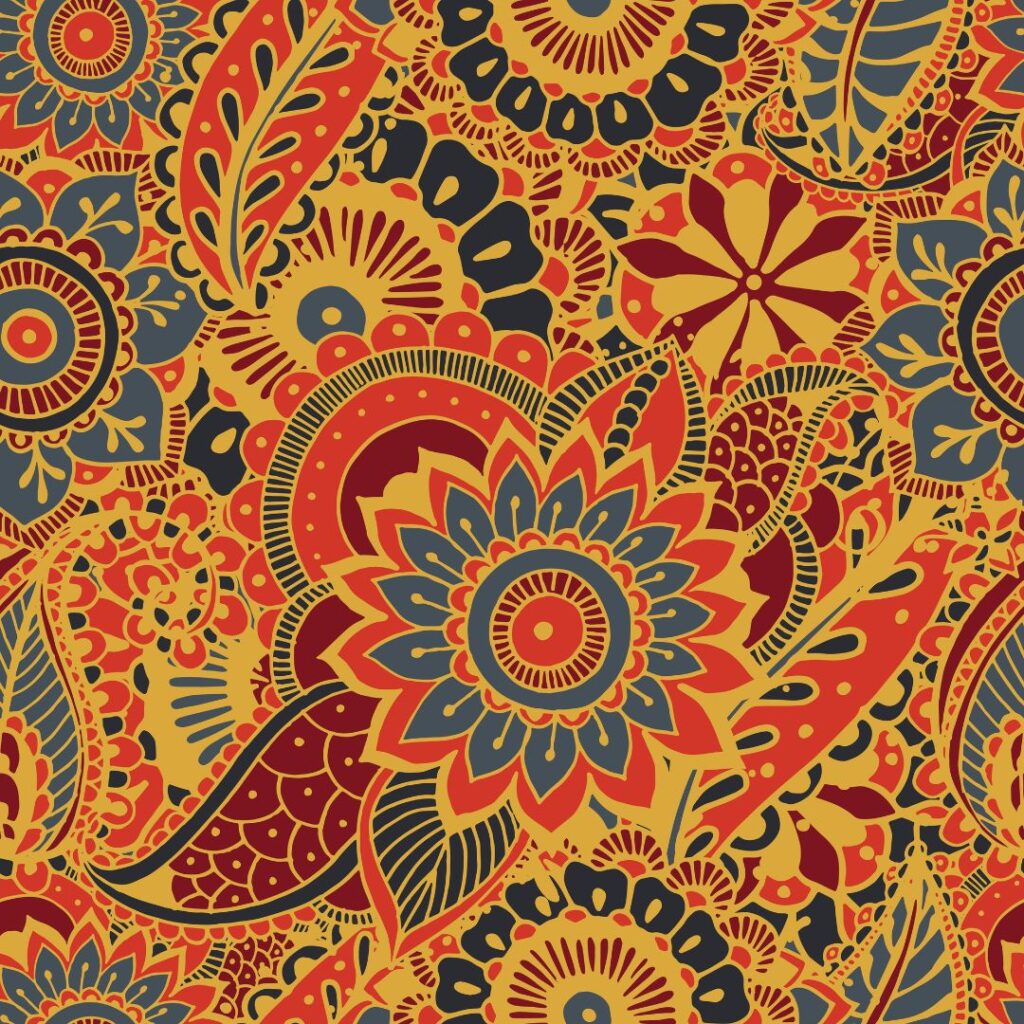Schiffli fabric has a rich history in the Indian textile industry, dating back to the colonial era. This intricate embroidery technique involves stitching designs onto fabric using a Schiffli embroidery machine, which produces a distinctive lace-like effect that is both delicate and durable. Today, Schiffli fabric is still highly valued for its beauty, versatility, and cultural significance.

Schiffli embroidery was first introduced to India in the late 19th century by British traders, who brought Schiffli machines to the country to produce high-quality lace and embroidery designs for export. Over time, Indian artisans began to adapt the technique to suit their own artistic traditions, incorporating bold colors, intricate patterns, and cultural motifs into their designs.
One of the most significant aspects of Schiffli fabric is its cultural significance. In India, Schiffli embroidery is often associated with special occasions and ceremonies, such as weddings and festivals. The intricate designs and delicate textures of Schiffli fabric make it an ideal choice for creating bridal wear, formal attire, and other special occasion garments.
In recent years, Schiffli fabric has also become increasingly popular in the world of contemporary fashion, with designers incorporating it into their collections in innovative ways. From haute couture gowns to streetwear, Schiffli fabric has proven to be a versatile and timeless material that can be used to create a wide range of styles and designs.
At Acme Creation,, we are proud to offer a selection of high-quality Schiffli fabrics that celebrate the rich history and cultural significance of this iconic embroidery technique. Our collection includes a range of colors, patterns, and textures to suit every taste and style, from traditional Indian motifs to modern, minimalist designs. Come explore the intricate world of Schiffli embroidery, and discover the magic of this timeless and beloved textile tradition.
